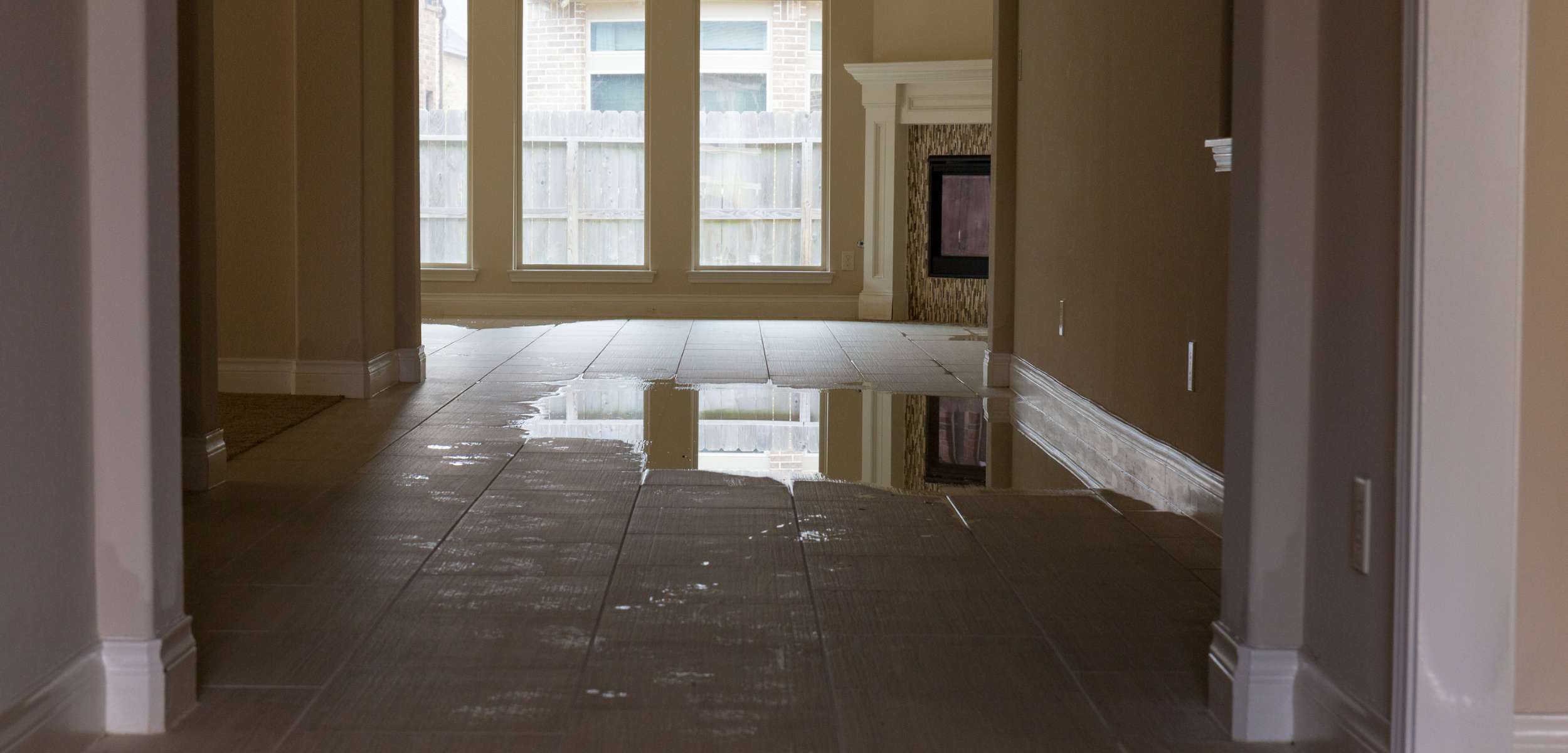House floods can be caused by numerous things like heavy flash rain, storms, groundwater, or plumbing or sewer line malfunction. No matter its origin, preparedness and knowing what you should do is essential if gallons of dirty water soak into your furniture, flooring, and structure.
When house flooding happens, it is easy to lose your mind entirely and feel overwhelmed. If a house flooding ever happened to you, think about the danger, mess, and destruction you must deal with. Beyond the insurance, you need to know the essential steps to keep your family safe and deal with the aftermath.
Think safety first
A house flood is filled with hazards, not only from objects floating around. The first reaction is often to go into the flooded area and try to salvage belongings, often disregarding basic safety rules.
The first thing to keep in mind is your family’s safety. If you can have safe access to your electrical panel, switch off the main breaker, and fuse switches one by one, even if there is a general power outage in your area. Do not take any unnecessary risks if access to the electrical panel is dangerous or complicated.
If power is re-established in your area, avoid turning anything back on if everything is still wet, you may create an electrical hazard that can have more severe consequences.
Another good piece of advice is to avoid going in the water without a piece of personal protective equipment that can keep you dry. If you can stay dry, remain dry, and wait for safety crews to pick you up or help you. People often do not realize that flood water is unsafe and can make them sick.
Flood water is harmful and toxic because it can contain raw sewage, chemicals, and viruses. Floods are considered Category 3 Water Damage or “Black Water.” It is the most severe water damage category, in which water is grossly contaminated with debris, pathogens, and contaminants. So before walking into the water, make sure you protect yourself.
Stop water at the source
Once you have ensured your safety, the first thing to do is to stop water from coming inside the house, which is sometimes easier said than done.
Generally speaking, it is easier to stop the water source if an appliance or broken pipe causes the home to flood. It is more complicated to control water when you face an event of raising water or a sewer backup with toilet overflow.
If you can control the water inside your home, you will ultimately have less water to extract and less mess to deal with later on. But, if trying to control water jeopardizes your safety, then do not take any unnecessary risks. There are restoration companies that specialize in salvaging your belongings and restoring your property. Therefore, leave that job to trained professionals instead of taking unnecessary risks.
Also, if your house flood is critical and your house structure may be compromised, do not try to control the water; just find a safe place to stay while waiting for help.
Beware of structual damage
Always try to assess the situation to stay safe. In the event of intense flooding, as we experienced in the Philadelphia area in September 2021 during the tropical storm, try to observe the overall structural integrity of your home. If the structure is compromised, do not stay in your home or try to enter.
Look at your sidings, walls, ceilings, flooring, or foundation. Check if they are warped, cracked, or torn apart. If you can see areas that can collapse, do not take risks; leave your personal belongings there and wait for professional technicians from the restoration company that will come onsite.
There may also be electrical and sanitary risks that may not be immediately visible but represent a potential danger. If you identify problems with your gas or sewer line, utility companies may have to be involved. Again, it is wiser to leave this to trained and experienced professionals.
By all means, refrain from cleaning up and trying to remove your belongings yourself. Most people try to salvage their personal items, cleaning and fixing their homes. It is a normal emotional human reaction, but it’s a big mistake, too, especially as you will have to connect with your insurance.
We recommend you leave everything the way you found it and take some pictures and notes of everything you observe. Then, connect with your insurance.
The house flood aftermath
You will have to contact your insurance as soon as possible to report the house flood claim, and often an emergency plumber depending on the type of flood you are facing, a restoration company to help with the cleanup, and then a general contractor.
Based on your insurance policy, insurance company, and the evidence you have gathered and documentation, you may get your damaged items replaced or have professional help for clean-up and restoration.
It is often a good idea to involve a restoration company early in the process to help document the loss, gain insights into the insurance claim process, and prepare for the next steps.
One thing is for sure; you will need a lot of pictures of the damage, including personal items and pieces of furniture that have been damaged or destroyed during the house flood. Hence, you should refrain from moving your personal items and cleaning up yourself.
The more pictures or videos gathered for insurance claim documentation, the better. It will help the insurance adjuster in their assessment when they review your insurance claim.
You will also notice that the restoration company you will hire will continue to take pictures and document the insurance claim throughout the cleanup and restoration process.
The restoration company can also extract or remove water depending on the volume of water and the severity of the house flood loss.
Speed and thoroughness
There is a time-sensitive aspect to water removal. The faster water is removed from your home, the quicker the restoration company can start the cleaning, disinfection, and drying process.
Ensure moisture is thoroughly addressed to avoid more expensive consequential damage along the way with mold and bacterial development.
If you hire a restoration company, they will measure moisture multiple times during the drying process because removing the visible standing water is only the tip of the iceberg.
The objective is to identify areas that are not necessarily visible and can lead to mold development. The restoration company will use professional-grade fans and dehumidifiers to dry specific areas. This drying process takes time because different materials take different times to dry. Any construction material that cannot be salvaged is bagged, disposed of, and replaced.
Reconstruction cannot begin if surfaces and construction materials are still wet. Ultimately, your home needs to be completely dry, cleaned, and disinfected after a house flood prevents mold and bacterial growth.
Some restoration companies can even help salvage personal belongings depending on their scope of expertise and services. If some of your personal items are lost, others may be dried and cleaned. Therefore, when selecting your restoration company, ask questions about its capabilities.
Only once your home is dry and clean, and your insurance informs you how much they will reimburse you the reconstruction work can start.
What happens next?
Depending on the severity of your house flood, getting back to “normal” may take time between the communication with the insurance and the actual onsite work.
Some projects may take several months, depending on their scope of work. That said, patience is probably your best strategy.
Therefore, hiring the right professionals that you can trust and who will work alongside you and your family in your best interest is extremely important.



